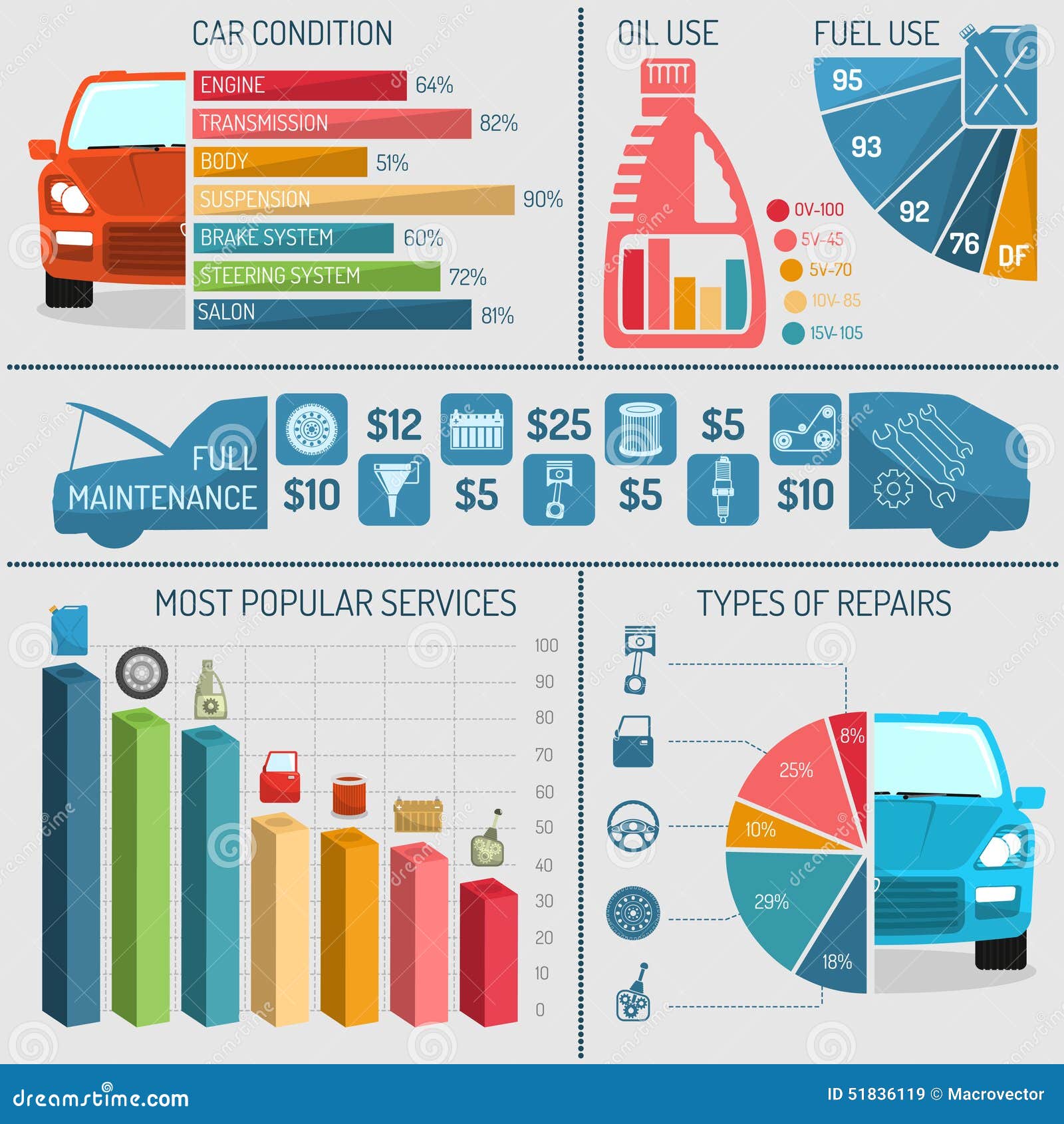Checking Out The Genuine Analysis Of Your Automobile'S Caution Lights
Checking Out The Genuine Analysis Of Your Automobile'S Caution Lights
Blog Article
Writer-Kane Dreier
When you're behind the wheel, those beautiful caution lights on your dashboard can be a bit puzzling. Do you know what they're attempting to tell you about your automobile's health and wellness? Recognizing the relevance of these lights is vital for your safety and the longevity of your car. So, the following time one of those lights appears, would not you want to decode its message precisely and take the required steps to address it?
Common Warning Lights and Interpretations
Determine typical caution lights in your automobile and recognize their significances to make certain safe driving.
The most regular warning lights consist of the check engine light, which signifies problems with the engine or discharges system. If this light comes on, it's important to have your vehicle inspected promptly.
The oil pressure alerting light indicates low oil stress, requiring immediate attention to prevent engine damage.
A blinking battery light may recommend a faulty charging system, possibly leaving you stranded if not resolved.
The tire pressure monitoring system (TPMS) light signals you to low tire stress, affecting car stability and fuel effectiveness. Neglecting this can result in hazardous driving conditions.
The ABS light suggests an issue with the anti-lock braking system, compromising your capacity to stop rapidly in emergencies.
Lastly, the coolant temperature alerting light warns of engine getting too hot, which can cause severe damage otherwise settled swiftly.
Understanding these common caution lights will assist you resolve problems promptly and maintain safe driving problems.
Value of Prompt Attention
Recognizing the usual warning lights in your cars and truck is only the primary step; the importance of immediately attending to these cautions can not be highlighted sufficient to ensure your safety when traveling.
When car alarm and security systems illuminates on your control panel, it's your automobile's way of communicating a possible concern that requires interest. Disregarding these warnings can result in a lot more serious issues later on, compromising your safety and security and potentially costing you more in repairs.
Trigger focus to advising lights can avoid failures and accidents. For example, a flashing check engine light could suggest a misfire that, if left unattended, can trigger damages to the catalytic converter. Addressing this immediately can conserve you from a costly repair.
In a similar way, a brake system warning light might signal reduced brake fluid or worn brake pads, vital elements for your safety when driving.
Do It Yourself Troubleshooting Tips
If you notice a caution light on your control panel, there are a couple of DIY troubleshooting tips you can try prior to looking for expert assistance.
The primary step is to consult your cars and truck's handbook to understand what the certain warning light suggests. In some cases the concern can be as basic as a loose gas cap activating the check engine light. Tightening up the gas cap might solve the trouble.
One more common issue is a low battery, which can trigger different warning lights. Checking the battery links for corrosion and guaranteeing they're secure might take care of the problem.
If a caution light persists, you can try resetting it by disconnecting the cars and truck's battery for a couple of minutes and after that reconnecting it. In addition, checking your lorry's fluid levels, such as oil, coolant, and brake liquid, can aid fix alerting lights related to these systems.
click here for info
In conclusion, understanding your automobile's caution lights is crucial for keeping your lorry running smoothly and safely. By quickly attending to these informs and understanding what they imply, you can avoid expensive repair services and prospective break downs.
Bear in mind to consult your auto's manual for particular details on each warning light and take action as necessary to guarantee a trouble-free driving experience.
Keep notified, remain safe when traveling!
